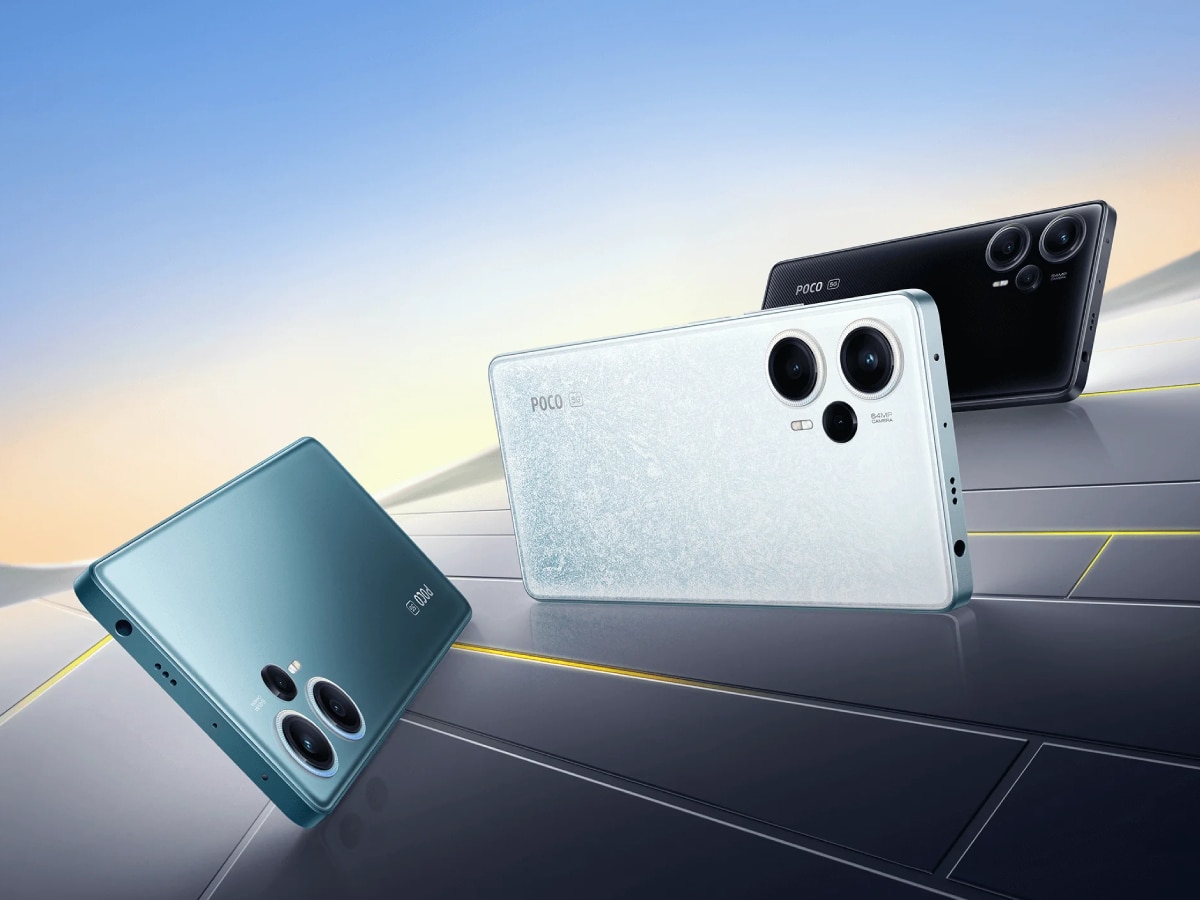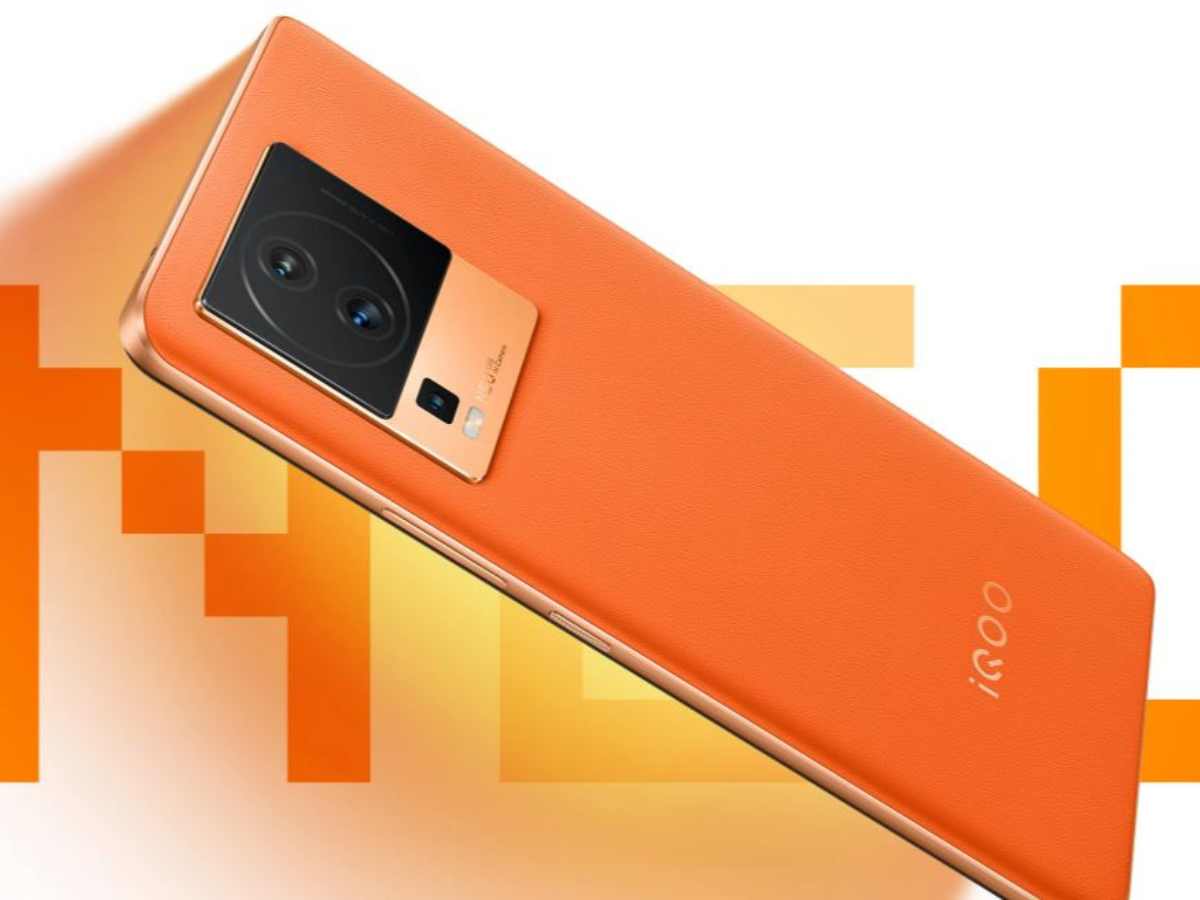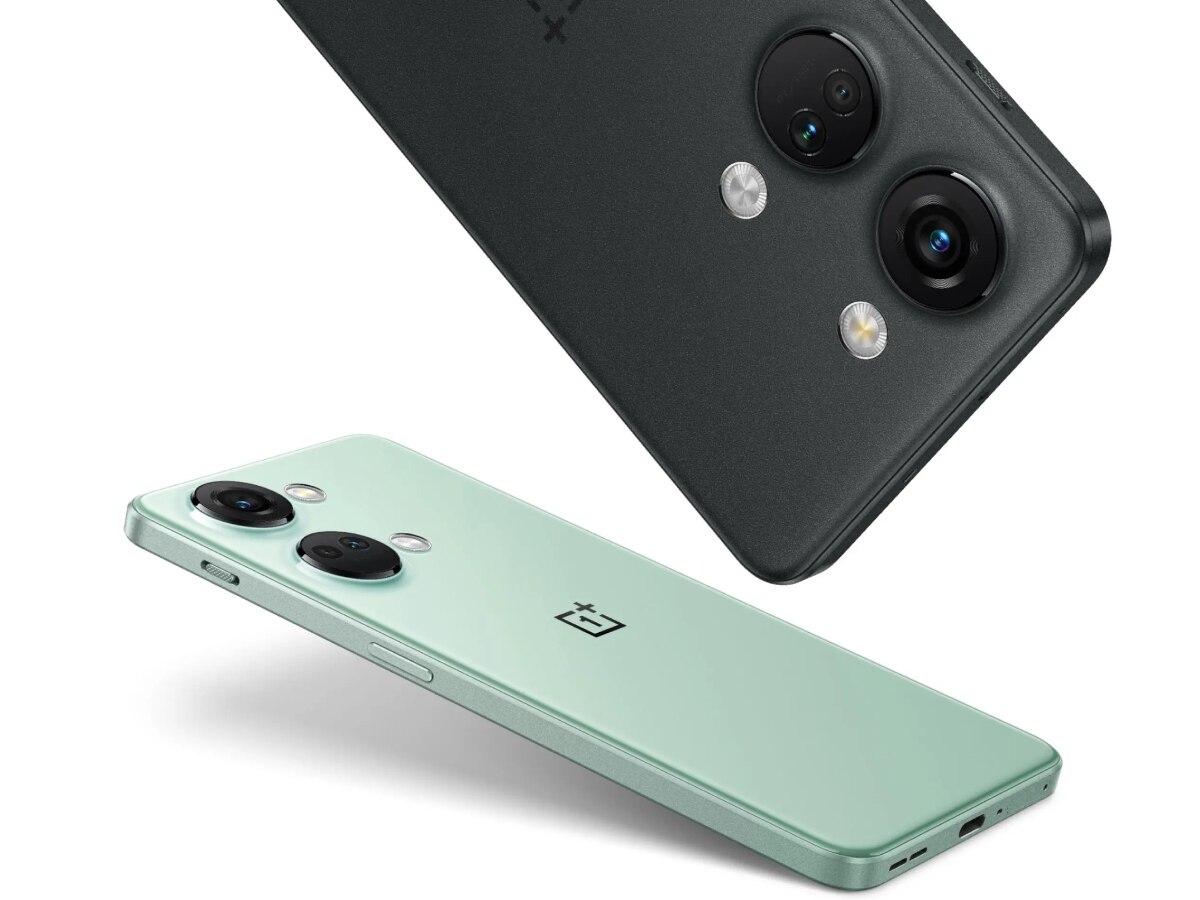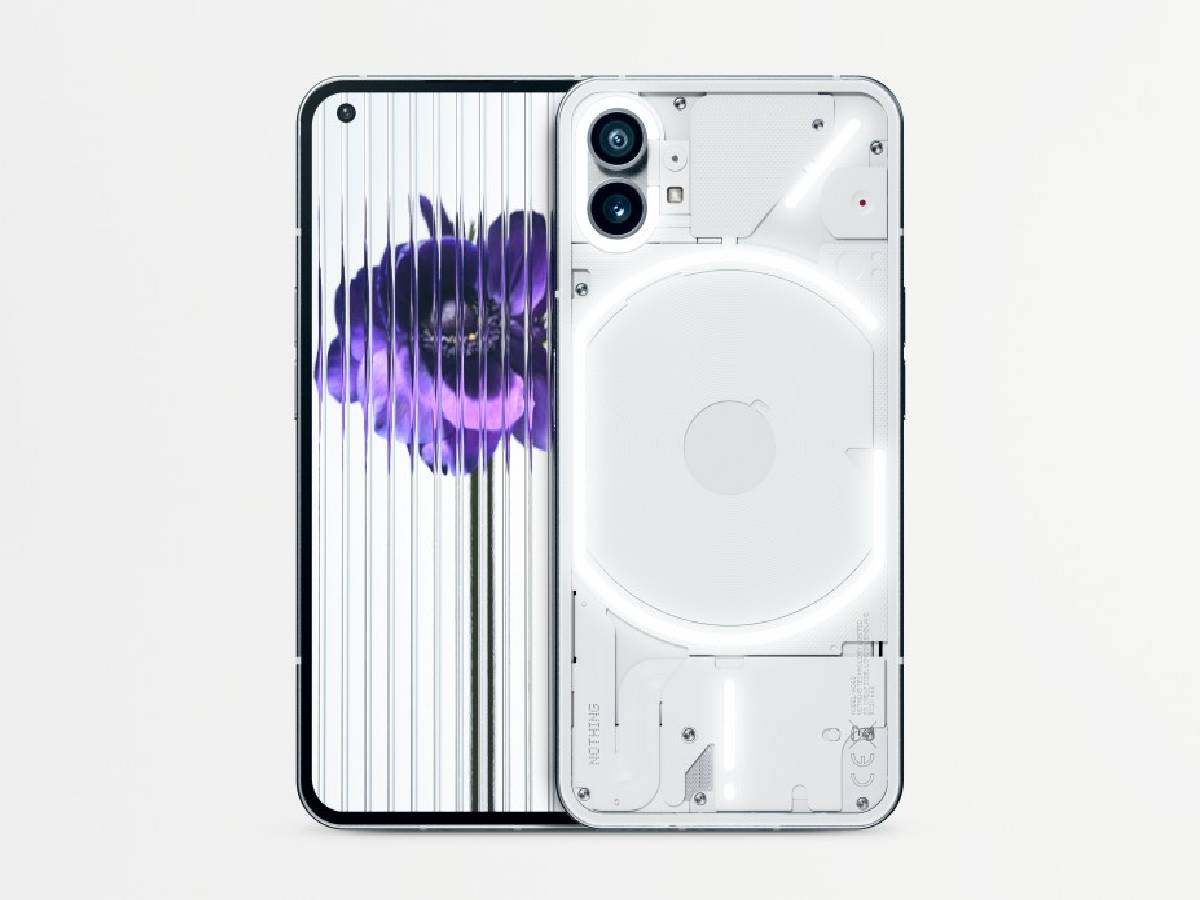Vivo is one of the few brands in the smartphone industry that is adamant about not chasing just spec numbers. Yes, Vivo devices come with a number of competitive specs, but the brand pays a lot of attention to detail as well. This comes through in a lot of the different series of smartphones the brand launches, especially the V series. Apart from coming with good features and specs, the biggest USP of the V series has been its design and the cameras on the smartphone. This trend has continued with the latest addition to the lineup, the Vivo V29.
The Vivo V29 comes with a sleek, premium design which encompasses a borderless curved display on the front with extremely thin bezels. The tall 3D curved 6.78-inch full-HD+ AMOLED display comes with a high refresh rate of 120Hz.
Another highlight of the Vivo V29 is its camera setup. The phone has a capable 50-megapixel Sony IMX 766 main sensor with OIS, paired with an 8-megapixel ultrawide and a 2-megapixel depth sensor. But the area where the V29 has outdone itself and most of its competition is the selfie camera, where Vivo has placed a whopping 50-megapixel eye autofocus camera, making this a potential content creator favourite.
The smartphone is powered by Qualcomm Snapdragon 778G processor which can be paired with up to 12GB RAM and 256GB storage.
While Vivo’s FunTouch OS might not be everyone’s cup of tea, the phone does come with Android 13 out of the box, and Vivo has a decent update record in recent times. Its 4,600mAh seems a bit on the smaller side as compared to what’s out there in the market but the 80W fast charging support is a massive plus point, especially when it comes with a 80W charger in the box.
All of this comes at a starting price of Rs 32,999 which many might feel is a little on the expensive side when you consider the specs of the phone. It also lands the Vivo V29 in an ocean of competitors.
So if you are considering the Vivo V29, here are five of its biggest rivals that you can also take a look at:
Redmi Note 12 Pro+: The Premium Note
Price: Rs 27,999 onwards
When the Redmi Note series was first launched, nobody would have guessed that a Redmi Note would one day go against an upper mid-segment smartphone. But here it is: a Redmi Note butting heads with a Vivo V29. The Redmi 12 Pro+ is one of the biggest headaches for the Vivo V29 because it not only beats the Vivo in two of its own games but also comes with a smaller price tag.
To begin with, the Redmi Note 12 Pro+ brings a massive megapixel number on its main sensor – a 200-megapixel sensor with OIS, which is backed by an 8-megapixel ultrawide and a 2-megapixel macro sensor. While the other two are more decent than dope, the 200-megapixel sensor on the phone is extremely impressive. Another area where the Redmi Note 12 Pro+ comfortably leaves the Vivo V29 behind is the battery. The Note 12 Pro+ not only comes with a bigger 5,000mAh battery but also much faster 120W fast charging support (and a charger in the box).
The phone is powered by MediaTek Dimensity 1080 processor paired with 12GB RAM and 256GB storage — a respectable combo which can smoothly run through your everyday and a handful of power-demanding tasks.
The smartphone comes with a 6.67-inch OLED full-HD+ display with 120Hz refresh rate and a design that is more classy than class apart. The Redmi Note 12 Pro+ comes with Android 12 out of the box but can be updated to Android 13. It runs the feature-rich MIUI 13, which adds a lot of features to the interface and is a whole lot cleaner than in the past.
Also on board are a side-mounted fingerprint scanner, an infrared port and stereo speakers, all of which make this a very functional and yet fun phone.
Poco F5: The Muscle Monster 
Price: Rs 22,999
If you are actually looking for a powerfully specced device, then you should consider the Poco F5. The smartphone is powered by the Qualcomm Snapdragon 7+ Gen 2 processor which is not only just behind the flagship 8 Gen series but is also way more powerful than the Snapdragon 778G on the Vivo V29. The phone also brings a more megapixel-laden 64-megapixel main sensor coupled with an 8-megapixel ultrawide and a 2-megapixel macro, with a 16-megapixel selfie camera on the front.
It comes with slightly slower charging at 67 W but it has a slightly bigger 5,000mAh battery on board. The phone has a 6.67-inch AMOLED display with 120Hz refresh rate and comes with Android 13 out of the box with MIUI 13 for POCO on top. Just like the Redmi Note 12 Pro+, the Poco F5 also brings a side-mounted fingerprint scanner, stereo speakers, a 3.5mm audio jack, and an infrared port, all of which make it quite a functional and multimedia package.
iQoo Neo 7 Pro: Cousins Caught In Battle

Price: Rs 32,999 onwards
This is where the matters get into the flagship level zone. The iQoo Neo 7 Pro is powered by the Qualcomm Snapdragon 8+ Gen 1 processor which is one of the flagship processors by Qualcomm. This, paired with up to 12GB RAM and 256GB makes the iQoo Neo 7 Pro an absolute gaming and smartphone task beast. The iQoo Neo 7 Pro also comes with a very stand-out design, especially the orange variant of the phone which comes with a leather-like finish on the back.
While the back camera setup on the iQoo Neo 7 Pro is the same as that on the Vivo V29, the phone lacks the same megapixel numbers on the front as it brings a 16-megapixel selfie snapper to the table.
But what it lacks in the selfie camera department, it makes up for in the battery zone. It comes with a 5,000mAh battery which comes with 120 W crazy fast charging support. The Neo 7 Pro also has a 6.78-inch full HD+ AMOLED display with 120Hz refresh rate and is powered by Android 13 topped with FunTouchOS.
The phone also brings stereo speakers and an infrared port.
OnePlus Nord 3: The Nordic Opponent 
Price: Rs 33,999
The OnePlus Nord 3 is one of those high-power, no-nonsense phones on the list that get the job done, no matter how power-demanding it may be. The phone is powered by MediaTek Dimensity 9000 chipset, a very powerful, flagship-level processor. The Nord 3 also comes with the highest RAM option at 16GB while storage goes up to the standard 256GB, making it an even more capable performer.
The camera megapixel composition remains the same as many in the list — 50 MP+ 8 MP + 2 MP on the back while a 16-megapixel sensor sits on the front. And the main rear camera and selfie camera perform very well. It matches the 80W fast charging speed of the Vivo V29, but scores in the mAh zone with a bigger 5,000mAh battery.
The Nord 3 comes with a 6.74-inch full HD+ AMOLED display with 120Hz refresh rate and Android 13 out-of-the-box topped with OxygenOS might delight those clean Android fans, especially considering how overwhelming FunTouchOS can be for some.
The Nord 3 also comes with stereo speakers, a smart, elegant design and even an infrared port, all of which make it quite a functionality master.
Nothing Phone 1: Nothing Like Anything 
Price: Rs 31,999 onwards
If the Vivo V29 has caught your eye because of its different design, then a very worthy competitor to the phone is actually the Nothing Phone 1. Yes, it is a year old, and yes, the Nothing Phone 2 is out already but that does not take away from the distinct looks of the Phone 1.
The fact that it is the more budget-friendly option and still gets regular updates only makes it more tempting. The phone comes laden with tiny LEDs that reside inside the glass back and blink in different patterns that Nothing calls Glyph UI, making the phone one of the most distinct and unique-looking smartphones not just in its own segment but in the market.
It has a slightly smaller 6.55-inch full HD+ OLED display with 120Hz refresh rate but comes with a slightly better Qualcomm Snapdragon 778+ processor as compared to the Vivo V29 which is powered by the Snapdragon 778 processor.
While the Vivo V29 has a single 50-megapixel sensor with two other sensors (8 MP + 2 MP), the Phone 1 has kept it simple and brings two 50-megapixel sensors on the back which is better in our book. The phone comes with Android 12 out of the box which is topped with Nothing OS but Nothing has a great software update track record (the phone has already been updated to Android 13) and their obsession with clean Android interface would be a massive plus point for many.
Even though the phone has a smaller 4,500mAh battery and has comparatively (very) slow 33 W charging support (no charger in the box either), it comes with 15W wireless charging support and 4.5W reverse charging support, both of which are missing from all the other phones in this segment, and also packs in very good stereo speakers, something the Vivo V29 misses out on.



